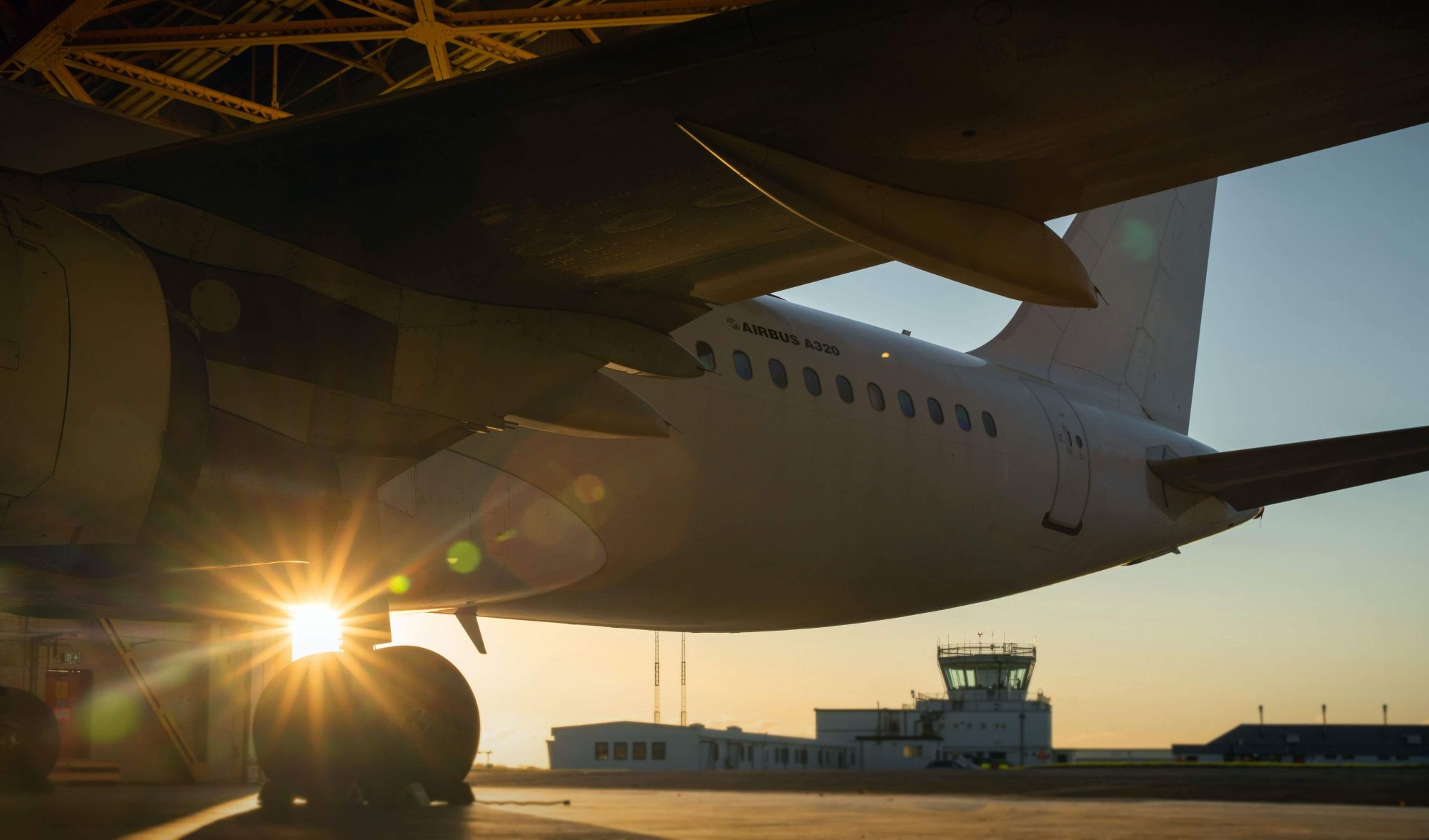18 April 2024
What’s The Potential for Aircraft and the Circular Economy?

ecube’s Analysis of KPMG’s Circularity Report
KPMG believes the circular economy in aviation is ‘a concept whose time has come’. In its Circularly in Flight report, published in March 2024, it suggests that:
‘Aside from the compelling business case, it is clear that current materials usage will have to change to reduce anthropogenic impact on land and at sea’.
The report recognises the significance of ESG credentials in the sector. The industry, particularly airlines, need to show that they are making an effort to reduce their impact on the environment. Disassembling and recycling aircraft is one way to meet their Environmental, Social and Governance goals (ESG). It can also enable an organisation to transition to a more sustainable business. Another way to achieve these ambitions is to replace current aircraft with more fuel-efficient versions. We are already seeing delays here however, owing to the current supply chain and delivery challenges.
At ecube, we see recycling in action in our disassembly work. Airlines and lessors need, not only to recycle their aging aircraft, but to be able to track and report it too. In order to show the steps they are taking towards their ESG targets, they need to provide data-backed detail about which parts are available for reuse. It is therefore vital that materials are removed ‘with precision’ by experts.
KPMG reflects the importance of having used serviceable material, citing:
- a rising demand for engines
- the high value of landing gear (estimated as worth up to £500K)
- a need for auxiliary power units
- retrieval of interior fixtures.
At ecube we supplied 48,521 components back into the USM supply chain whilst also tapping into an upcycle market for interior and liveried items.
KPMG manages to put a general figure on the timing of expected retirements. We have seen retirements delayed in recent years, as airlines look to keep their aircraft flying for longer, to respond to increased passenger demand post-pandemic and the delays in production of newer models. We expect retirements to rise gradually in the coming years, as airlines and lessors upgrade their fleets. KPMG cites predictions that there will be ‘around 1,100 retirements per year by 2038’.
Environmental issues are not the only trend driving demand for used serviceable materials though. We think a more important trend for the next few years is the need to respond to passenger demand with existing aircraft, which means harvesting parts. This will be a driver behind the figures KPMG quote for sector growth over the next decade:
‘The global commercial aircraft disassembling, dismantling, and recycling market is projected to grow to over USD14 billion by 2032, a CAGR of almost 8%’.
The circular economy is one of multiple trends influencing growth in the disassembly market. To thrive, all the elements that make up our industry need to work towards lessening its impact on the environment. It’s a balance, but by focussing on recycling, it’s a equilibrium we can maintain. Like KPMG, we also believe circularity is an idea that’s time has come in the aviation industry.
Lee McConnellogue, CEO, ecube
References:
KPMG, Circularity in Flight https://kpmg.com/ie/en/home/insights/2024/03/circularity-in-flight-fs-aviation.html